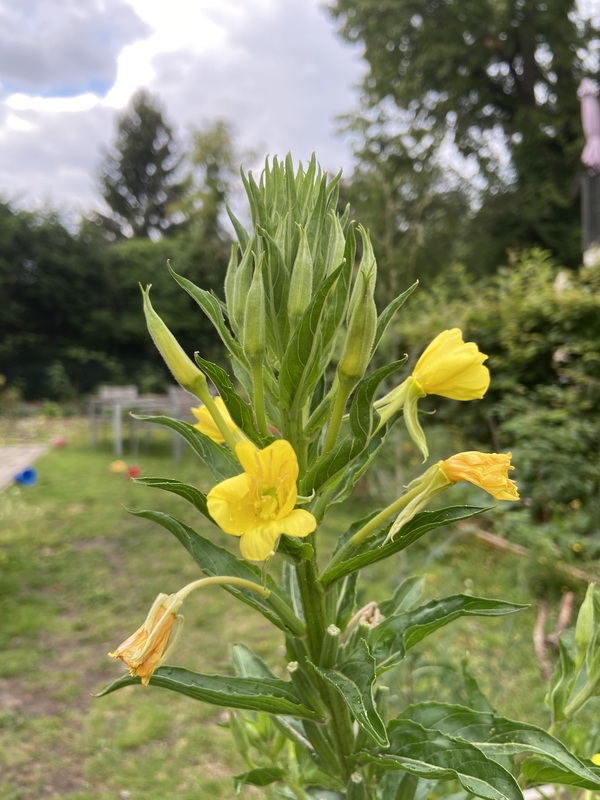Description
Barnyard millet, scientific name Echinochloa crus-galli, is a type of grass native to warm temperate and tropical regions of Asia. It is a annual plant, meaning it completes its life cycle within one growing season.
Barnyard millet has slender, upright stems that can grow up to 4 feet tall. The leaves are narrow and tapered, with a pointed tip. The flowers are small and inconspicuous, with a pale green or yellowish color.
Barnyard millet grows quickly and can reach maturity in as little as 60 to 90 days. It is often used as a cover crop or as feed for livestock.
To successfully cultivate barnyard millet, the soil should be well-drained and moist. The plant prefers full sun, but can also tolerate partial shade. It is not winter hardy, so it should be grown during the warm months of the year.
Barnyard millet is not commonly used as a food source for humans, but it can be eaten. The grains can be ground into flour and used to make bread or other baked goods. The young leaves and shoots can also be eaten as a vegetable.
In terms of its uses, barnyard millet is primarily used as a cover crop or forage for livestock. It can also be used for erosion control and to improve soil structure. Some people also use it for medicinal purposes, although there is little scientific evidence to support its effectiveness.
It can be considered a difficult weed, since it can take up to 80% off all available nitrogen in the soil.
Since it is not restricted by soil pH, it can be used to reclaim saline or alkaline soils.
Propagation
While optimum germination temperature is 35°C, it is also possible between 10-40°C.
